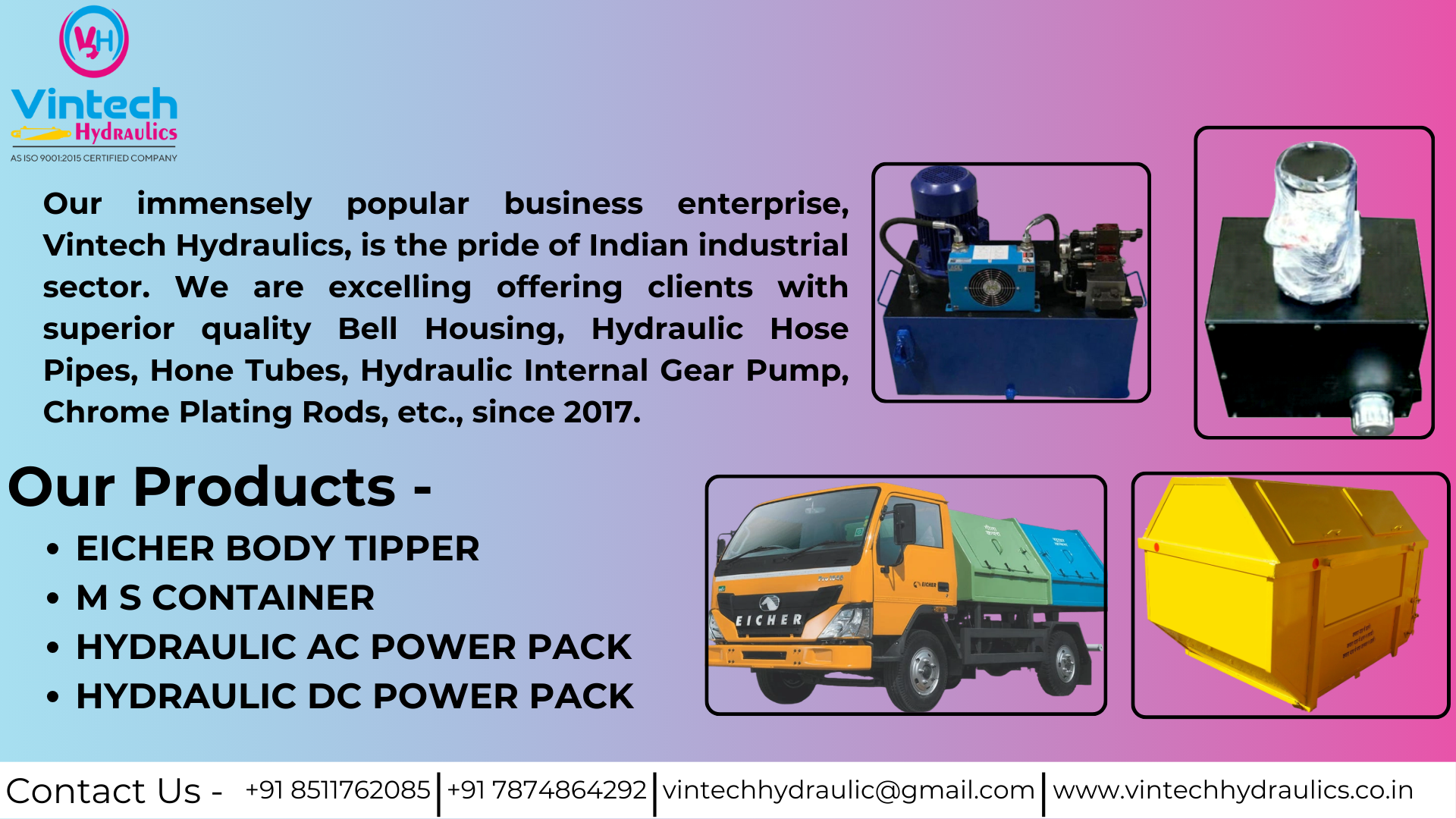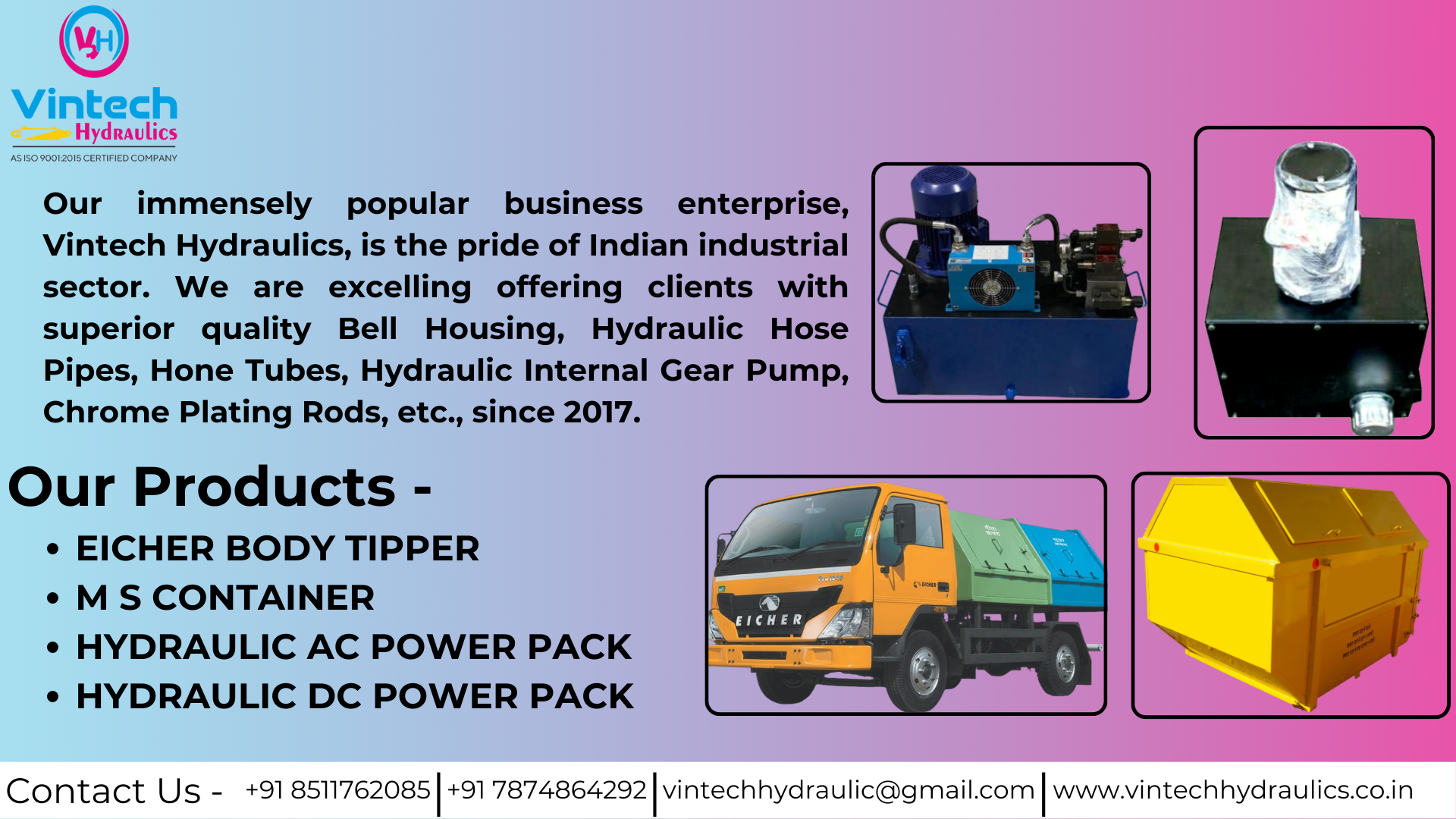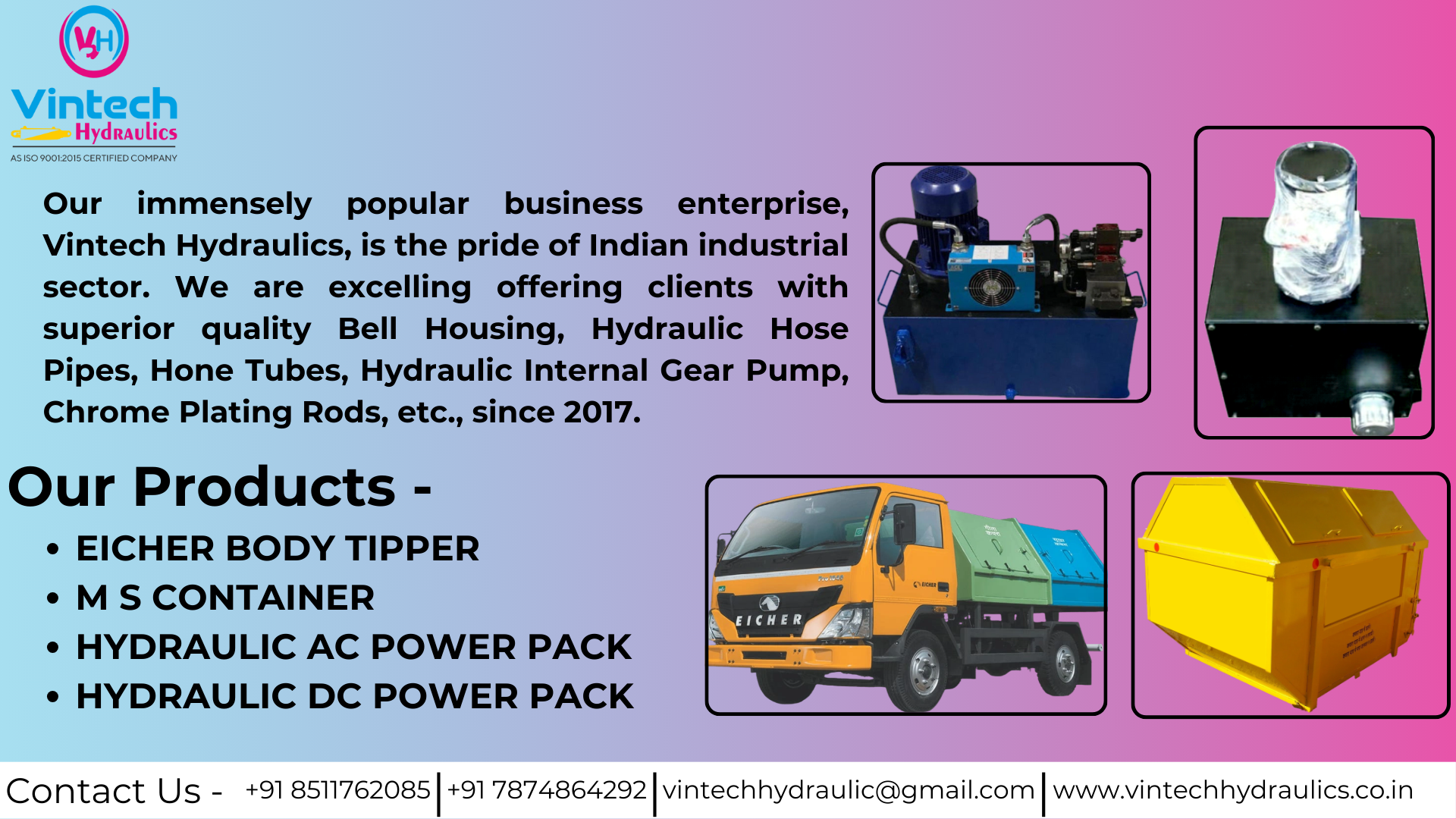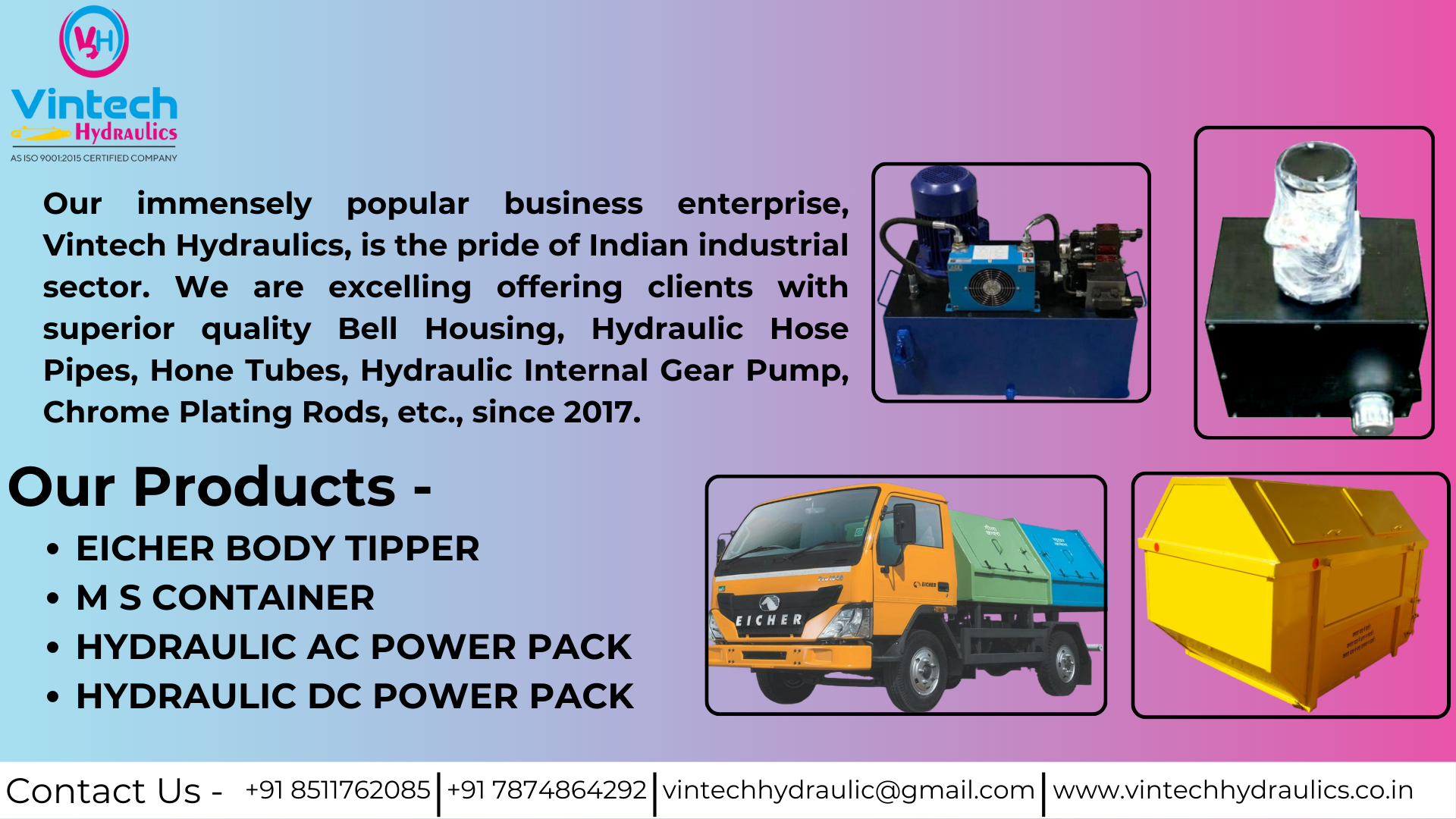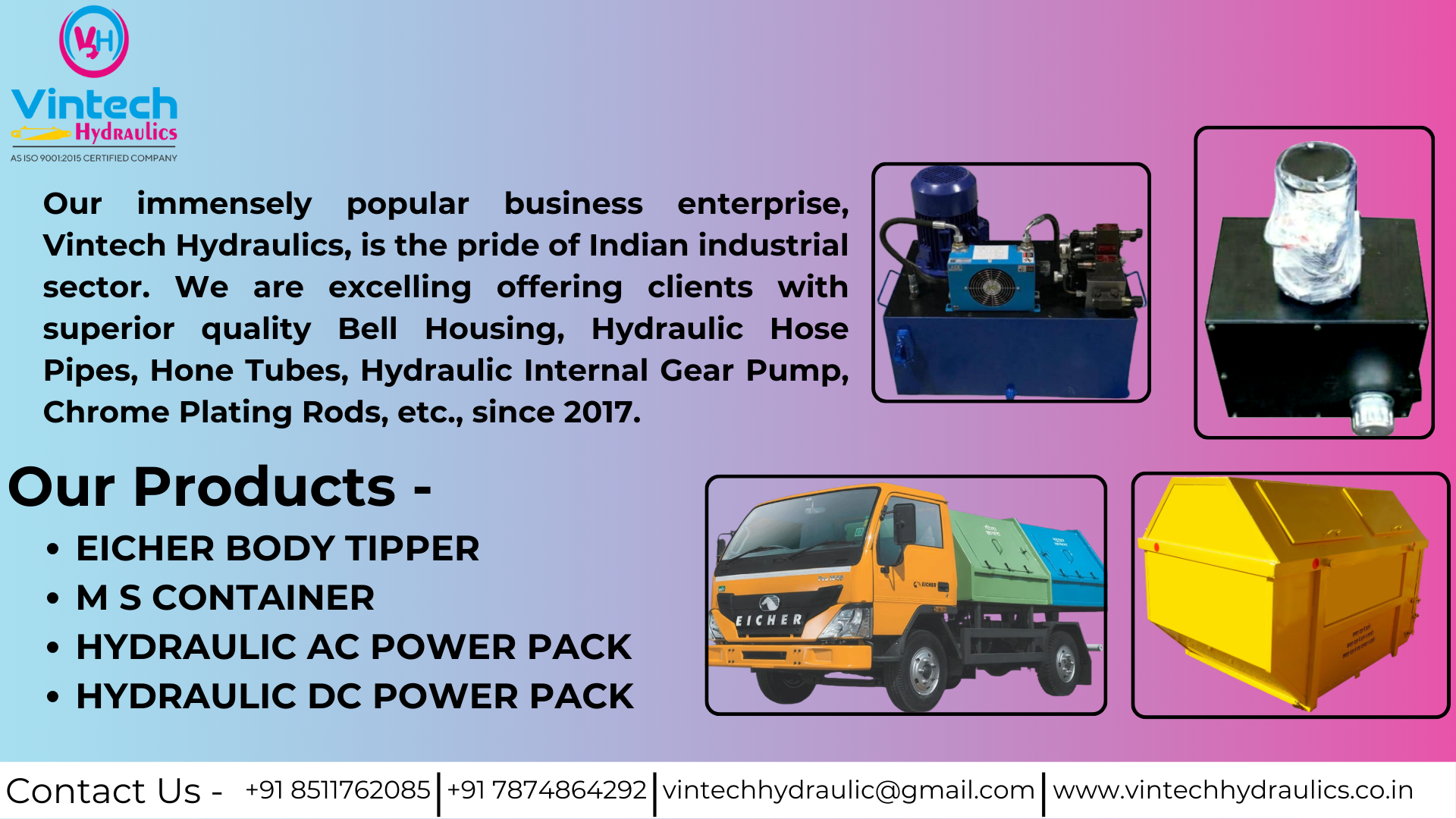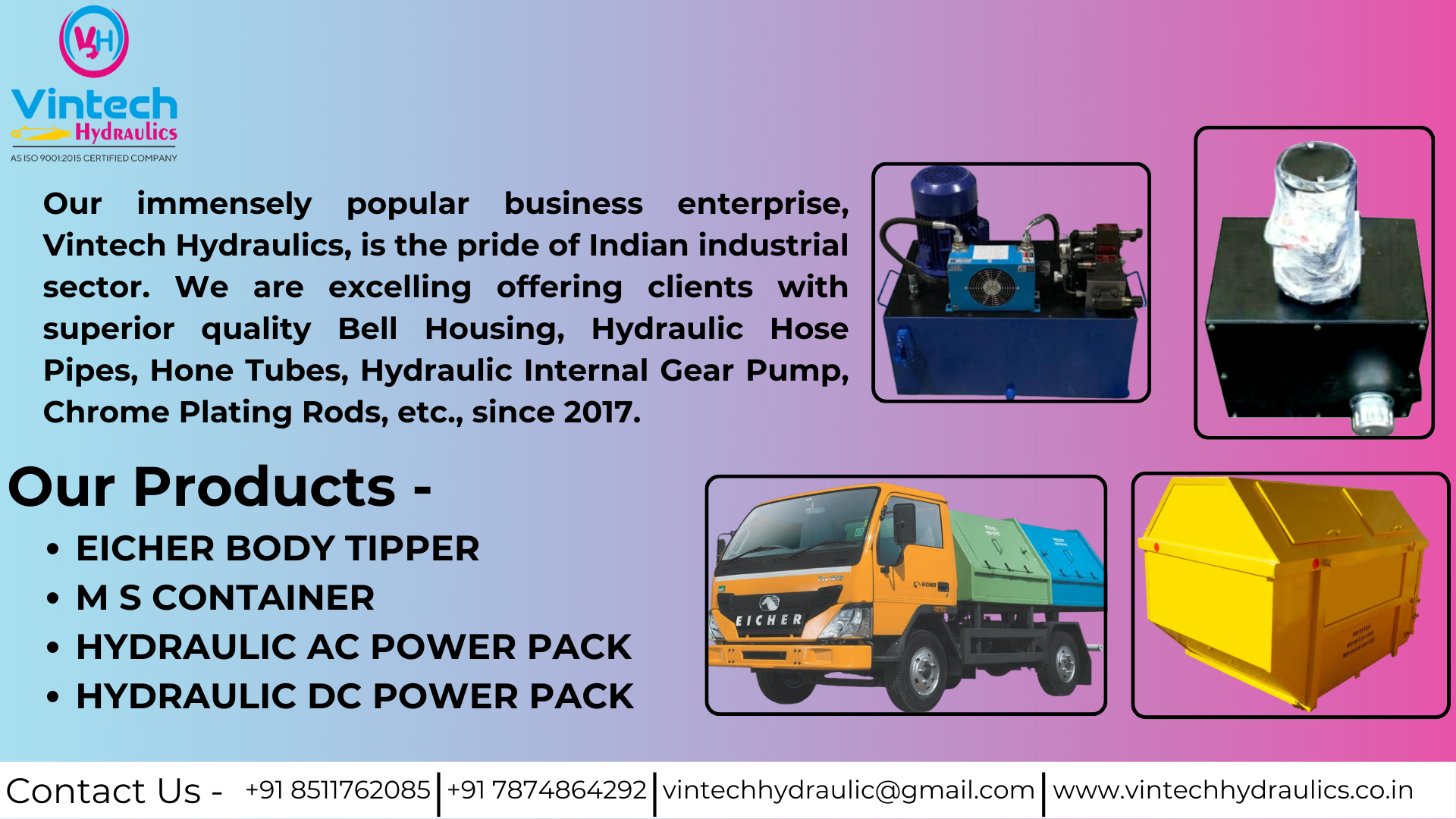
Electric Garbage Rickshaw
Electric Garbage Rickshaw
What is an Electric Garbage Rickshaw?
An Electric Garbage Rickshaw (E-Garbage Van) is a battery-powered three-wheeled vehicle designed for collecting, transporting, and dumping solid waste in urban and rural areas. It provides an eco-friendly, efficient, and cost-effective solution for door-to-door waste collection and municipal garbage transportation.
These rickshaws reduce dependency on diesel/petrol vehicles, help curb air and noise pollution, and promote sustainable sanitation practices.
How It’s Made – Components & Manufacturing Process
Key Components
| Part | Description |
|---|---|
| Chassis Frame | Heavy-duty MS or tubular steel structure |
| Electric Motor | 800W to 1500W BLDC motor (Brushless DC) |
| Battery Pack | Lead-acid or lithium-ion battery (48V/60V) |
| Controller | Electronic unit to regulate motor and battery |
| Garbage Container | Tipper or fixed body made of GI/FRP/MS |
| Hydraulic Tipping System (Optional) | For automated dumping |
| Suspension & Wheels | Leaf springs and 3/4-wheel setup |
| Driver’s Cabin | Simple open or semi-enclosed with dashboard |
| Braking System | Drum brakes (mechanical/hydraulic) |
| Lights, Indicators, Horn | For safety and road compliance |
Manufacturing Process
-
Design & Engineering
-
Vehicle capacity, motor rating, and body type are decided based on local requirements.
-
-
Frame Fabrication
-
Assembly
-
Battery & Wiring
-
Tipping Mechanism (Optional)
-
Testing & Quality Check
Uses of Electric Garbage Rickshaws
| Use Case | Description |
|---|---|
| Door-to-Door Garbage Collection | Residential waste pickup |
| Municipal Waste Transport | Movement to segregation points or transfer stations |
| Hospital Waste Handling | Small-scale medical waste bins collection |
| Community Waste Bins | Emptying public bins in narrow lanes |
| Campus & Societies | Internal waste management in gated areas |
| Tourist Destinations | Quiet, eco-friendly waste transport in sensitive zones |
Importance & Significance
1. Eco-Friendly Waste Transport
Runs on electric power, zero emissions, and minimal noise pollution.
2. Urban Sanitation Support
Helps municipalities meet Swachh Bharat Mission and smart city goals.
3. Low Operating Cost
Cheaper than diesel-powered garbage vehicles.
4. Job Creation
Generates employment for drivers, technicians, and maintenance workers.
5. Fits Narrow Areas
Can access narrow lanes, slums, and congested markets.
Advantages of Electric Garbage Rickshaws
| Advantage | Benefit |
|---|---|
| Zero Fuel Cost | Powered by electricity – low charging cost |
| Low Maintenance | Fewer moving parts than IC engines |
| Environmentally Friendly | No exhaust gases or oil leaks |
| Easy Operation | Simple to drive, automatic transmission |
| Customizable Bodies | Open/closed bin, hydraulic tipper, foot pedal bins |
| Subsidy Available | Eligible under government EV incentive schemes |
| Silent Operation | Perfect for early morning collection |
| Fast Payback | Cost recovery within 1–2 years of use |
Where It Is Used
| Location Type | Usage |
|---|---|
| Municipal Corporations | Swachh Bharat missions, city cleaning |
| Smart Cities | Sustainable and digital waste tracking |
| Hospitals & Clinics | Biomedical waste segregation |
| Industrial Parks | Internal factory waste transfer |
| Educational Institutions | Campus cleaning and green initiatives |
| Railway Stations | Bin-to-bin waste movement |
| Large Housing Societies | Daily waste collection rounds |
Frequently Asked Questions (FAQs)
Q1. What is the average range of an electric garbage rickshaw?
A: Around 60 to 100 km on a single charge, depending on battery size and load.
Q2. What is the load-carrying capacity?
A: Typically 300–500 kg, with special models going up to 700 kg.
Q3. How long does it take to charge the battery?
A: Around 6–8 hours for lead-acid batteries; 3–5 hours for lithium-ion.
Q4. Are there government subsidies for these vehicles?
A: Yes. Central and state governments offer subsidies under FAME II and other EV schemes.
Q5. Can I add a hydraulic tipping system?
A: Yes, many models come with or can be upgraded to 12V DC hydraulic tippers.
Q6. Is it safe to use in rain?
A: Yes. These vehicles are water-resistant, but it’s advised to avoid deep water paths.
Technical Specifications (Typical)
| Parameter | Value |
|---|---|
| Motor | 1000W BLDC |
| Battery | 48V/60V, 100Ah |
| Body | MS/GI, 0.8–1.6 mm thick |
| Brakes | Drum brakes (rear) |
| Suspension | Leaf spring type |
| Range | 80 km per charge |
| Top Speed | 25–30 km/h |
| Charging Time | 6–8 hours |
| Ground Clearance |
Conclusion
The Electric Garbage Rickshaw is a modern, sustainable solution for urban and semi-urban waste collection. It plays a crucial role in transforming sanitation systems by offering cleaner, quieter, and cost-effective alternatives to traditional fossil-fuel vehicles.
Its ability to operate in narrow lanes, coupled with zero-emission performance, makes it ideal for smart cities, municipal bodies, and private waste contractors.
With support from government policies and growing environmental awareness, electric garbage rickshaws are not just a vehicle—they are a movement toward a cleaner, greener India.
